Nayong Pilipino
A Nayon with no home
To a generation of kids in the 1970s, a key “field trip” experience was a visit to Nayong Pilipino. The park was the Philippines in miniature and offered glimpses of the landscapes, architecture, food, and festivals of the country.
Next to Rizal Park it was the most popular green space in the metropolis until the late 1990s, when both facilities deteriorated and lost patronage. The iconic park celebrated its golden anniversary last year, but unfortunately not in its original home inside the Manila International Airport complex.
Nayong Pilipino was to be moved to Entertainment City surrounded by casinos. Pending the construction of this new park, it is currently operating via a much smaller satellite facility in Clark. This, however, will be returned to the Clark Development Corporation soon and the Nayong Pilipino will be homeless.
I recently came across an early brochure of the park, which was part of the archives of IP Santos that I am helping to organize. National Artist Santos was the landscape architect of the project and also laid out the large site.
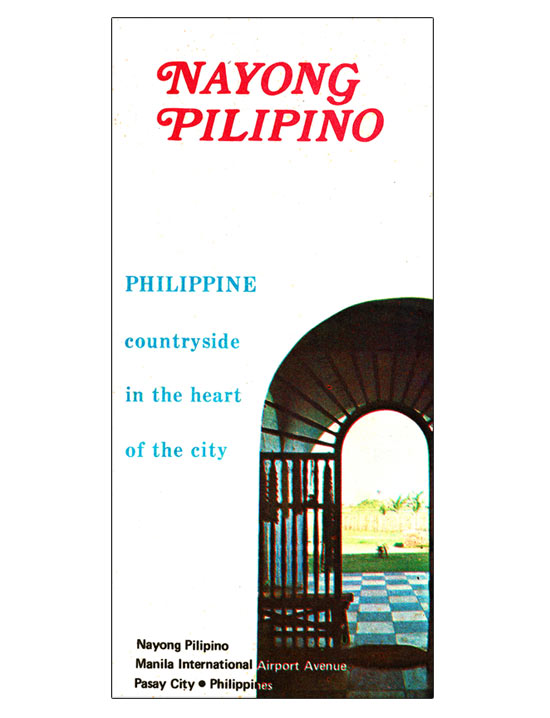
He was called by then First Lady Imelda Marcos to prepare the settings for representative regional structures that were designed by the leading Filipino architects of the time: Lindy Locsin, Carlos Arguelles, Lorenzo del Castillo, Luis Araneta, Gabriel Formoso, Angel Nakpil and the Mañosa brothers.
The brochure introduced the park thus: “The Philippines is an archipelago of (over 7,000 islands), a mélange of sophistication and quaint charms. To reach all the islands, to visit all the exotic villages and rustic towns would take… weeks. Today, however, there is the Nayong Pilipino. A stone’s throw from the Manila International Airport, it is a 35-hectare miniature of all that is lovely, intriguing and exotic in the Philippines. Muslim minarets, Visayan trellised walks, open-air homes that recall the lush verdure of the hills of many regions — these and many more representations of Philippine life and manners are brought together at the Nayon.”
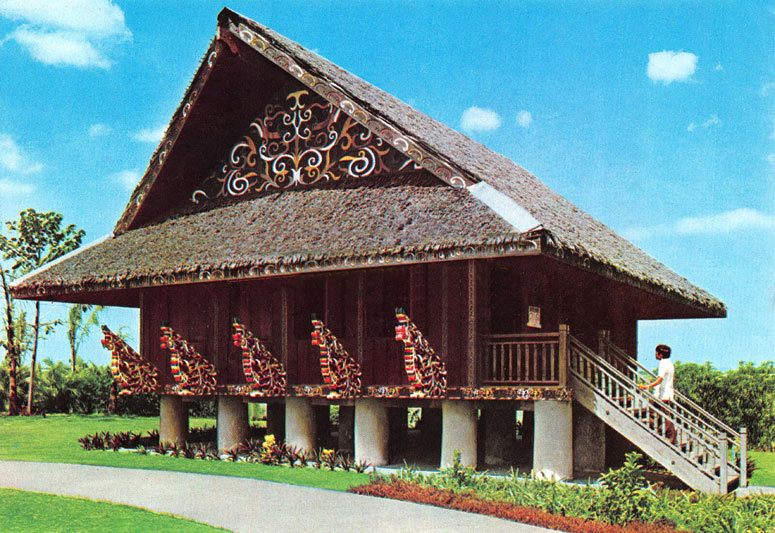
The Nayong Pilipino Foundation was set up in 1972 with a mandate to manage the park, as well as conduct cultural research. The park development expanded to a total of over 45 hectares, including the addition of The Philippine Village Hotel in 1975. The hotel was designed by Juan Nakpil and Sons, with the landscape architecture by Dolly Perez.
The park deteriorated from lack of funding and loss of popularity from the 1990s onwards and was closed in 2002 because of the airport’s expansion. The foundation continued its work by operating a satellite park in Clark on a quadrant of the Expo 1998 grounds.
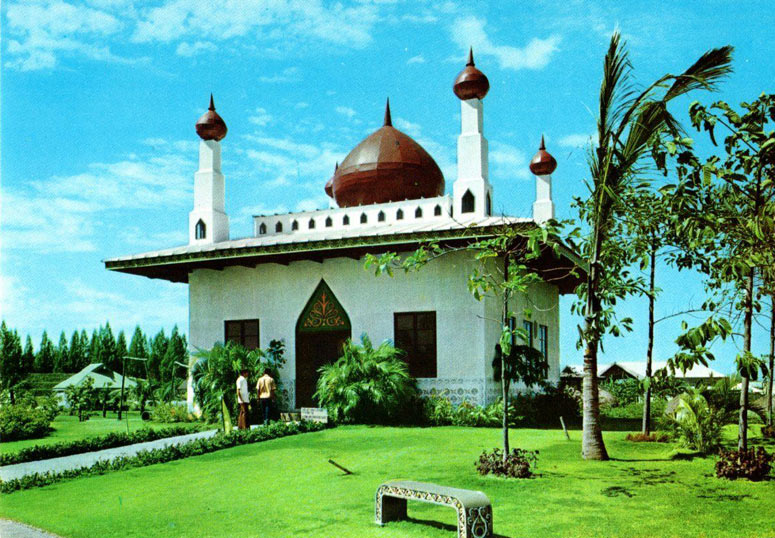
The original site partially reopened in 2010. At that time, there was some thought to fully reopening the park, since its greenery and trees had matured and there was (and still is) a need to provide access to parks in this open space-deficient capital of ours. Unfortunately, the airport needed more space to expand its cargo capacity. There were also pressures for mixed-use redevelopment of the property that sought to replace the greenery with building complexes.
But in its first decades, the Nayong Pilipino was such a hit locally and internationally that it reportedly spawned similar developments in the region. The Taman Mini Indonesia Indah near Jakarta and the Muang Boran in Thailand opened a few years after the Nayong Pilipino, after officials from both countries had been official guests at the park in the early 1970s.
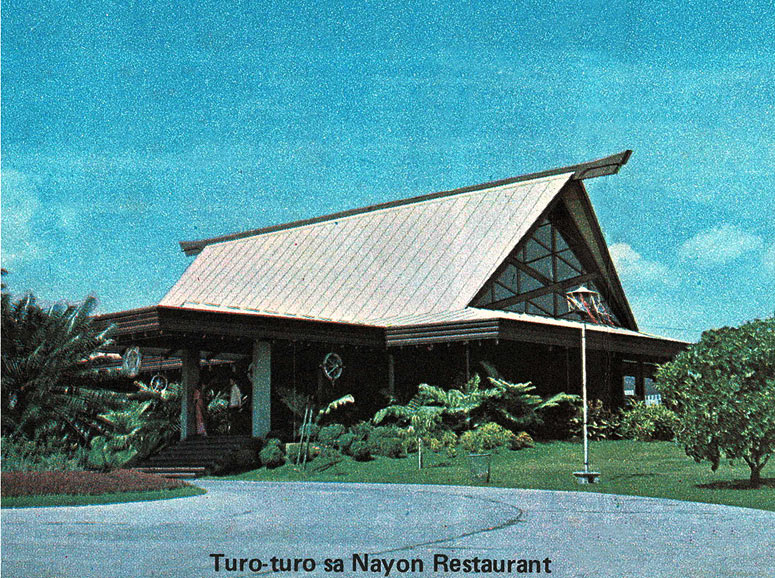
In its prime, local and foreign visitors to Nayong Pilipino came in droves to tour the “village.” Everyone loved riding iconic Philippine jeepneys to get to each cluster of attractions organized around a small lake. There were miniature versions of the Banawe rice terraces, Bohol’s Chocolate Hills and even a smoking Mayor Volcano. They also enjoyed the culinary offerings at a “turo-turo” restaurant, participating in festivals like the Ati-Atihan, as well as viewing stylized dance presentations from Luzon, Visayas and Mindanao.
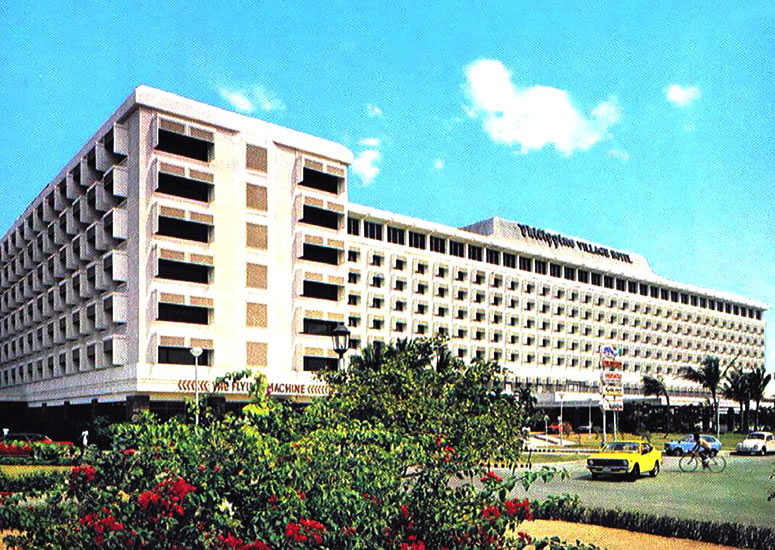
Although many loved the attraction, it was criticized as presenting a Disneyfied or Hollywoodized version of Filipino culture. Architectural historian and critic Edson Cabalfin posits that these cultural theme parks like the Nayong Pilipino “…reiterate narratives that do not differ from previous colonial expositions (that used) notions of self-exoticism and self-orientalism recalling the primitive-civilized dichotomies …present in Philippine villages (as shown at various international expositions in Spain and the United States a century ago).”
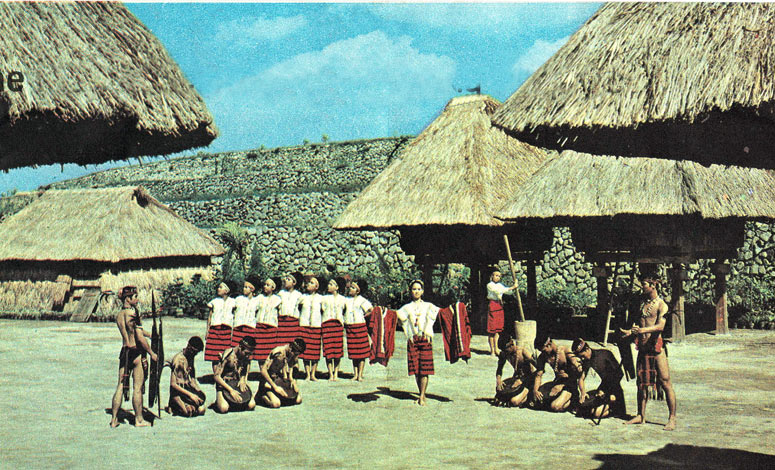
Cabalfin cautions against using the same curatorial framework of the original Nayong Pilipino for the planned new incarnation of the park. This, he explains, depicted a simplified or homogenized Filipino culture to the world and to fellow Filipinos, and from the biased point of view of a “select few.” He suggests that we must imagine a de-colonized, multi-faceted view of places, peoples, and ways of life in our archipelago if we are to move forward in the larger project of shaping national identity.
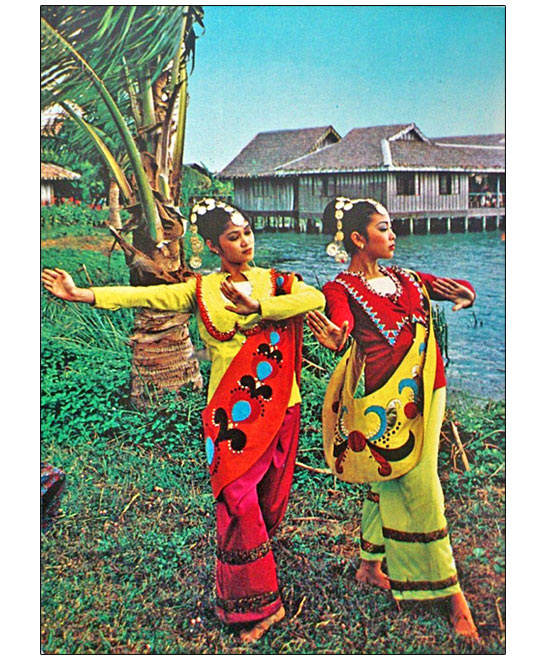
As a teenager, I enjoyed visits to Nayong Pilipino. I was aware it was a simulation of the real Philippines. I did appreciate the references to the wide range of architecture, food, and celebrations available in the islands. I do agree, however, that if we must create a new home for Nayong Pilipino, it could better use the rich talents of Filipino architects, landscape architects and cultural creatives, if guided by a more inclusive process of determining how we represent ourselves to our own public, as well as to visitors from other cultures and climes.
Banner and thumbnail caption: My favorite corner was the miniature Mayon, which I seem to recall spewed some smoke, although this may be a flawed memory.



